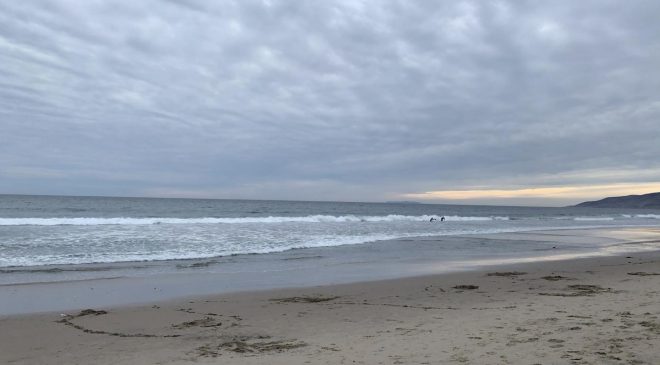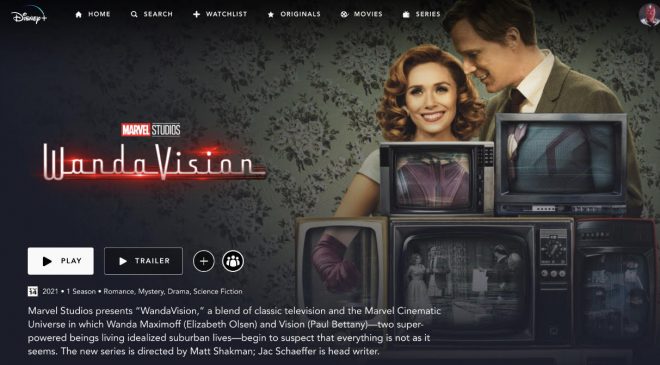What Happened to Rock and Roll?
Through multitudes of top hits and sell out concerts, it is obvious that rock and roll has taken a turn for the worse. The 21st century music scene is dominated by pop princesses declaring their unrequited love for a certain someone and rebelling rappers spitting out poetry glorifying drugs and alcohol. Though hundreds, even thousands, of new rock bands have produced eminent albums, the spirit of rock and roll has ceased and fully demolished among the majority. Rock is dead. This particular genre signifies true passion and zeal, it is a symbol for everything that is real in music. No technology, no autotune (usually), and fans that have a true love for the music.
The music is still rapid and alive, but the people of our society refuse to hear it. We tune out rock and roll for Nicki Minaj, Taylor Swift, Drake, etc. and we forget about the basic strum of a guitar. Though rock and roll now may be translated into an indie/alternative genre, that true ardor that was present in the late 60s is still there, just with a few alterations of sound. Each decade has stemmed new genres of rock resulting in a series of rock sub genres that include alternative, metal, punk, new wave, grunge, indie, etc. Rock music is still alive, but the spirit itself has completely abated over the past 25 years.
Rock and roll originated in the late 1940s to the early 1950s, bringing a new sound to the society at the time. Elvis Presley, Bill Haley and his Comets, and Nat King Cole shaped this new era of music and were the originators of this new musical revolution. In the 1960s, rock music dominated the world by storm, with new bands originating from all over the world. Rock music was one of the first genres to have social and political significance among a popular crowd. Though love songs were present due to relatability and relevance, emerging bands began implementing social and political conflicts within their lyrics. It wasn’t just about the music anymore, but rather the power of a voice, the power of protest. Rock legends such as Jimi Hendrix, The Beatles, Bob Dylan, The Rolling Stones, Led Zeppelin, The Doors, and countless others began speaking out about the hardships and disputes of the time. These artists molded new sub genres of rock such as British invasion, folk, surf, soul, and psychedelic. The 60s also called for the submergence of girl bands and music festivals across the globe.
In the midst of the 1970s, rock and roll was considered “dead”, yet the new generation still felt as though it was at its peak. The 70s called for the birth of hard rock and heavy metal due to the vast majority of deaths from previous rock legends. Rock was in a series of progression and rebirth from the previous years and many artists that originated in the 60s continued to record music such as The Who, The Rolling Stones, Simon and Garfunkel, Pink Floyd, Led Zeppelin, Black Sabbath, etc. These bands kept the rock stigma alive and their personas represented the new variety of rock music. The 80s and 90s called for prevalence of music videos, making particular artists viewed as more than just rock stars, but people. These videos helped fans relate to their favorite artists on an intimate level, giving rock a larger influence on the society of the time. These two decades were the period of decline for rock and roll, but punk, grunge, new wave, and disco emerged into the musical norms of the time. The 80s rock scene was shaped by artists such as Joy Division, The Cure, ACDC, U2, etc. and the 90s included artists such as Nirvana, Foo Fighters, and the Red Hot Chilli Peppers. Though the genre was degressing, rock was still alive, both musically and socially.
The 21st century marked the official death of rock and roll due to the popularization of pop, rap and electronic genres. Thousands of artists are still continuing to create profound rock n roll, but the people can’t hear it. What happened to rock and roll?











